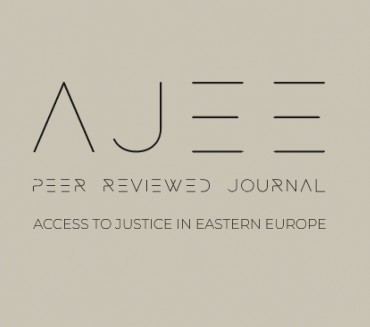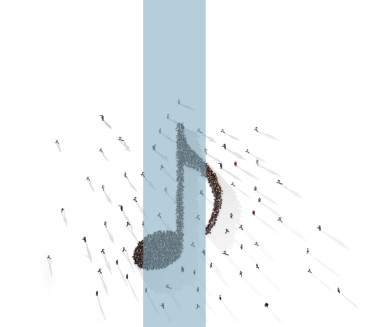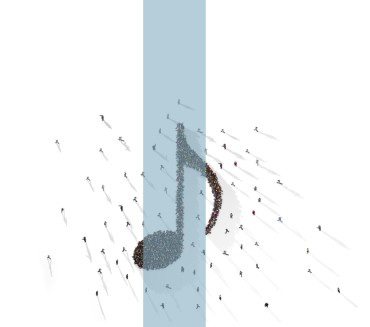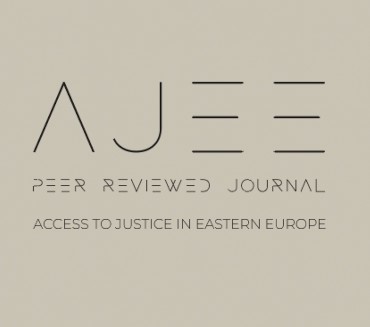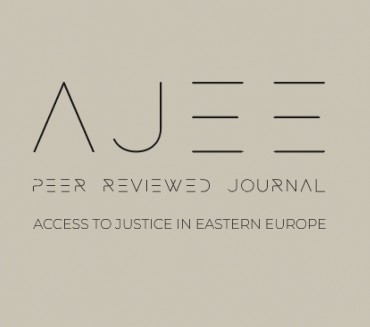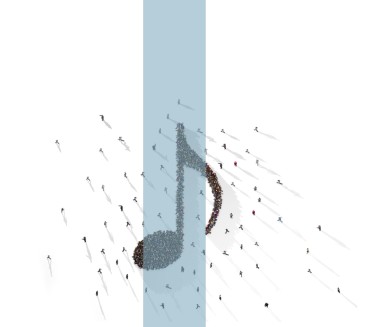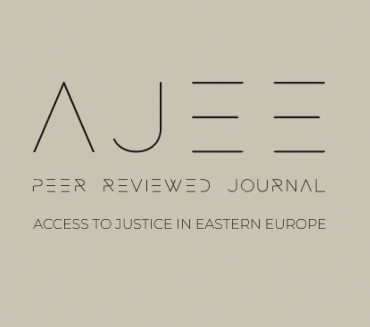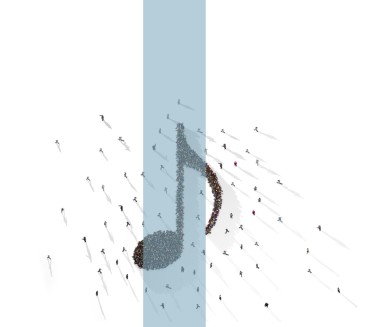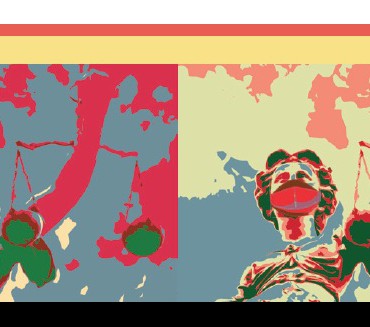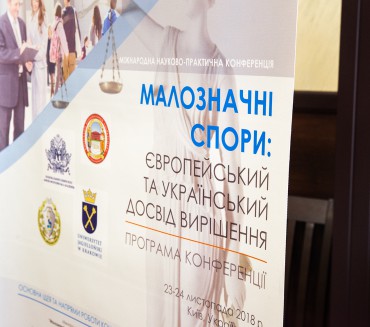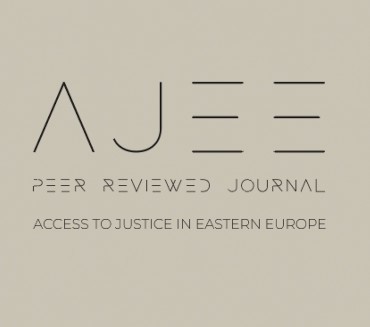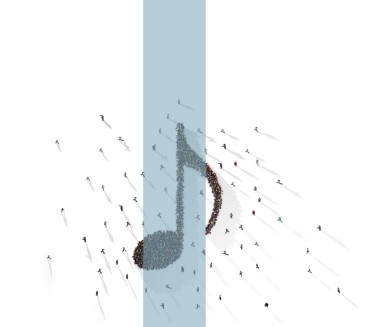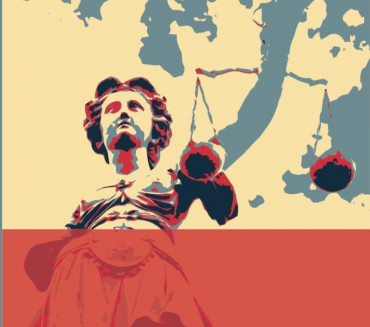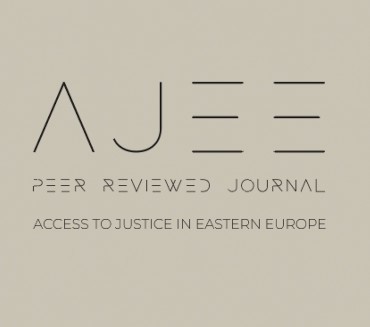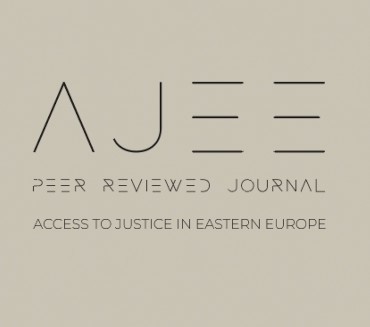
ALLEGIANCE BLINDNESS, EXTRA-TERRITORIAL EXUBERANCE, AND SECURITY AMBIVALENCE: A CRITICAL ANALYSIS OF THE RULING OF THE EUROPEAN COURT OF JUSTICE ON PRODUCTS ORIGINATING FROM WESTERN SAHARA
1. Introduction. – 2. The ECJ’s Judgment on Western Sahara: Problematic Definitions of Sovereignty and Extra-Territorial Application of EU Law. – 2.1. Failure to Assess Sovereignty under Islamic Law and to Differentiate Allegiance from Military Control. – 2.2. Extra-Territorial Application of EU Law. – 3. Contradictory Effects of the ECJ Ruling: The Indivisibility of Agreements and the Needs of Regional Security. – 3.1. Consequences of Non-Compliance With the Principle of Indivisibility of Agreements. – 3.2. Security Risks Arising from the ECJ Ruling. – 4. Conclusions.
- Mohammed El Hadi El Maknouzi, Mamoun Alaoui Ismaili
- 14511 Views

